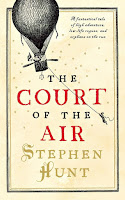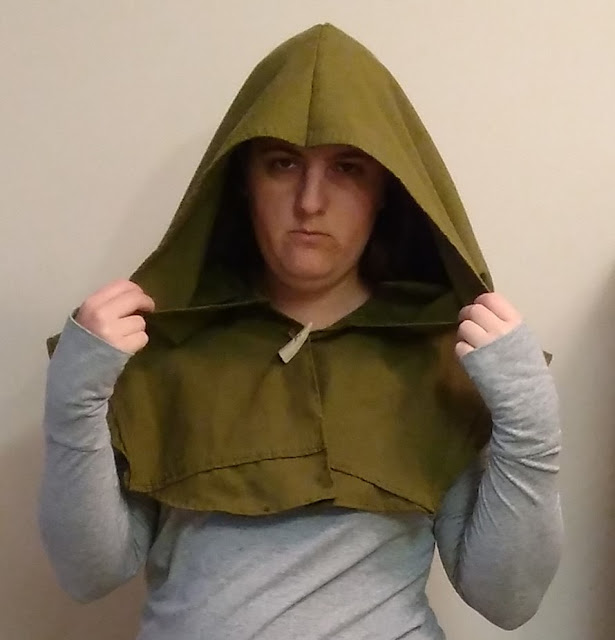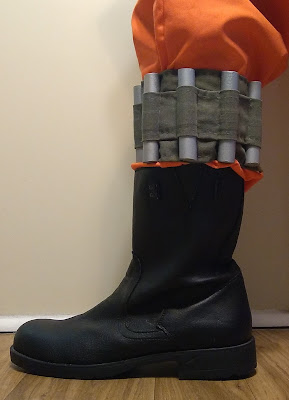Starbat's Favorite Steampunk Novels
1. The Court of the Air (Stephen Hunt)
Stephen Hunt has written a number of novels in his strange, post-future realm, with The Court of the Air being the first. In Hunt's books, the world has moved beyond modern times. We've moved millions of years beyond, in fact. In this future, society has been destroyed and rebuilt (perhaps more than once) to a steampunk-esque world (but with a sentient robot race, not to mention strange mutations, gods, and demons). In this first book, two strange orphans are thrown together when ancient gods are re-awakened (which is such a simple summary that it completely ignores 99% of the book. Please, just go read it). Hunt combines a violent and terrifying view of the future with quasi-mystical storylines and good old-fashioned swashbuckling.
Stephen Hunt has written a number of novels in his strange, post-future realm, with The Court of the Air being the first. In Hunt's books, the world has moved beyond modern times. We've moved millions of years beyond, in fact. In this future, society has been destroyed and rebuilt (perhaps more than once) to a steampunk-esque world (but with a sentient robot race, not to mention strange mutations, gods, and demons). In this first book, two strange orphans are thrown together when ancient gods are re-awakened (which is such a simple summary that it completely ignores 99% of the book. Please, just go read it). Hunt combines a violent and terrifying view of the future with quasi-mystical storylines and good old-fashioned swashbuckling.
2. Scar Night (Alan Campbell)
In an ancient city hung on chains over a seemingly bottomless ravine, a winged boy meets an assassin girl. That's just a fantastic summary for any book, and it really only gets better from there. This is a deeply weird book full of disturbing imagery and gritty, bloody surrealism that would make Clive Barker proud. There are actually two more books in the series, but I still think this first book is by far the best (although I will say that the description of Hell in one of the later books still gives me a shudder of visceral horror when I think of it). Although the world is set sort of outside of our timeline, the ongoing creepified-Christian imagery and themes serve to link the books back to our world, along with enough alchemy, airships, and clockwork for me to classify it as steampunk.
3. The Golden Compass (Phillip Pullman)
I read His Dark Materials for the first time back in middle school, and it remains a favorite series for me. The idea of having a spunky animal companion just for you is something that is almost universally appealing for kids (and adults), but this book, and the series in general, is just so much more. There is friendship, betrayal, loss, social commentary, religious commentary, physics, etc. The series is also one of the best examples I know of how a series structure can be used to expand (radically) the world-building and thematic elements with each successive book. While The Golden Compass is firmly steampunk, other books introduce new worlds and new genres, while never entirely losing sight of gaslit Victorian times.
I read His Dark Materials for the first time back in middle school, and it remains a favorite series for me. The idea of having a spunky animal companion just for you is something that is almost universally appealing for kids (and adults), but this book, and the series in general, is just so much more. There is friendship, betrayal, loss, social commentary, religious commentary, physics, etc. The series is also one of the best examples I know of how a series structure can be used to expand (radically) the world-building and thematic elements with each successive book. While The Golden Compass is firmly steampunk, other books introduce new worlds and new genres, while never entirely losing sight of gaslit Victorian times.
4. The Keys to the Kingdom (Garth Nix)
I @#%&ing love Garth Nix. The Abhorsen trilogy is one of my favorite series of all time, The Ragwitch is a gloriously old-school fairytale epic, and The Keys to the Kingdom series is one of the first things that introduced me to the steampunk aesthetic. Admittedly, the series gets a little bogged down and weirdly introspective by the last couple books (it kind of feels like Nix wrote himself into a corner and decided to try to tunnel his way out). However, the first 3-4 books are gold. In the story we follow Arthur, a teen who finds himself designated the Rightful Heir to creation, and a pawn in a power struggle as old as time. In the books, Arthur spends most of his time in the House, a pocket world that monitors creation, which is currently modeled after Victorian England. It's quirky, it's fun, and it's imaginative.
I @#%&ing love Garth Nix. The Abhorsen trilogy is one of my favorite series of all time, The Ragwitch is a gloriously old-school fairytale epic, and The Keys to the Kingdom series is one of the first things that introduced me to the steampunk aesthetic. Admittedly, the series gets a little bogged down and weirdly introspective by the last couple books (it kind of feels like Nix wrote himself into a corner and decided to try to tunnel his way out). However, the first 3-4 books are gold. In the story we follow Arthur, a teen who finds himself designated the Rightful Heir to creation, and a pawn in a power struggle as old as time. In the books, Arthur spends most of his time in the House, a pocket world that monitors creation, which is currently modeled after Victorian England. It's quirky, it's fun, and it's imaginative.







Comments
Post a Comment